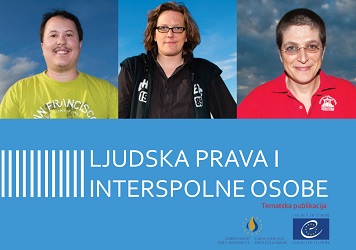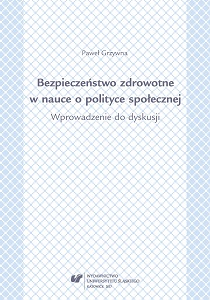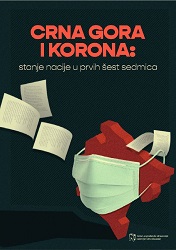
Ljudska prava i interspolne osobe
Binarne klasifikacije spola i roda sveprisutne su u našem društvu i utiču na to kako razumijevamo i organiziramo svijet oko nas. Klasifikacija čovječanstva u dvije kategorije – Ž (žensko) i M (muško) – kao i njihova utemeljenost u identifikacijskim dokumentima izlaže kršenju ljudskih prava osobe koje se ne uklapaju u potpunosti u te dvije kategorije. Među njima su interspolne osobe posebno ranjive. Stereotipi koji se vezuju za navodnu dihotomiju roda, kao i za medicinske norme takozvanih ženskih i muških tijela, omogućili su prakticiranje rutinskih medicinskih i hirurških intervencija na interspolnim osobama, čak i kada su takve intervencije kozmetičke, a ne medicinski potrebne ili u slučajevima kada o njima dotične osobe nisu konsultirane niti informirane.Tajnovitost i stid koji se vezuju za interspolna tijela omogućili su da se te prakse odvijaju decenijama, dok se istovremeno problematika ljudskih prava uglavnom nije ni razmatrala. Evropsko društvo do dana današnjeg ostaje u velikoj mjeri nesvjesno stvarnosti koju žive interspolne osobe. Ipak, kroz pionirski rad sve većeg broja interspolnih grupa i pojedinačnih aktivistkinja i aktivista, ljudskopravaške zajednice i međunarodne organizacije postaju sve više svjesne ove situacije i nastoje se suočiti s tom problematikom pozivajući se na standarde ljudskih prava. U maju 2014. godine, Komesar za ljudska prava objavio je Komentar na ljudska prava pod nazivom “Dječak ili djevojčica ili osoba – interspolne osobe nepriznate u Evropi”, u kojem su naglašeni problemi u vezi sa ljudskim pravima s kojima se suočavaju interspolne osobe. Ova tematska publikacija daje detaljnije upute i sadrži preporuke Komesara u cilju rješavanja ove problematike. Publikacija ima svrhu da informira vlasti i praktičare o trenutnim etičkim razmatranjima i ljudskim pravima u ovom smislu, kao i o najboljim globalnim praksama. Prije izrade ovog dokumenta, obavljene su konsultacije sa aktivistkinjama i aktivistima za interspolna prava i medicinskim stručnjacima i stručnjakinjama. Poduzeto je već nekoliko pozitivnih koraka ka razumijevanju situacije u kojoj se nalaze interspolne osobe i u reagiranju na njihove probleme. Nedavno usvajanje međuresorne izjave Ujedinjenih nacija (UN) o sterilizaciji koja tretira i kršenje tjelesnog integriteta interspolnih osoba predstavlja prekretnicu u kombiniranju medicinskog i ljudskopravaškog pristupa. Objavljivanjem izvještaja o interspolnim osobama koji su pripremila nacionalna vijeća za medicinsku etiku povećana je svijest o problemima sa kojima se te osobe suočavaju. Poduzete su i korisne inicijative za zaštitu interspolnih osoba od diskriminacije kroz reforme zakonodavstva koje se odnosi na jednako postupanje. Postoji urgentna potreba za daljnjim napretkom da bi se poboljšala situacija po pitanju ostvarivanja ljudskih prava interspolnih osoba. Ova tematska publikacija ima cilj da potakne razvoj okvira djelovanja sugerirajući dvotračni pristup. S jedne strane, poziva zemlje članice da ukinu medicinski nepotreban tretman “normalizacije” interspolnih osoba kada se on provodi ili propisuje bez slobodnog i potpuno informiranog pristanka dotične osobe. S druge strane, publikacija predstavlja moguće naredne korake u smislu zaštite interspolnih osoba od diskriminacije, adekvatnog priznavanja njihovog spola u zvaničnim dokumentima i pristupa pravdi.
More...


















